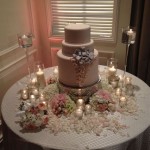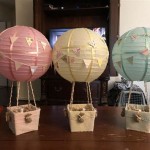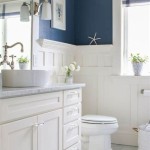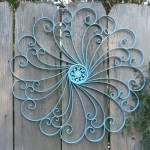Classroom Decorating Ideas For Special Education
Creating a welcoming and supportive learning environment is crucial for students with special needs. The classroom environment can significantly impact their cognitive, social, and emotional development. By carefully considering classroom decorating ideas, educators can foster a space where students feel comfortable, motivated, and engaged in learning.
### Visual Cues and OrganizationVisual cues are essential for students with special needs to navigate the classroom and stay organized. Consider using color-coded materials, clear labeling, and visual schedules. Wall charts or bulletin boards can display daily routines, rules, and expectations, providing a constant visual reference.
### Sensory-Friendly EnvironmentStudents with special needs may have heightened sensory sensitivities. To create a sensory-friendly environment, incorporate elements that cater to their sensory needs. Soft lighting, calming colors, and comfortable seating can create a soothing atmosphere. Consider using fidget toys, weighted blankets, or calming music to provide sensory input.
### Interactive Learning SpacesStudents with special needs benefit from hands-on, interactive learning experiences. Designate specific areas in the classroom for activities such as role-playing, group projects, or small group instruction. Create interactive displays or learning stations that offer tactile, visual, and auditory experiences.
### Personalized SpacesEach student has unique needs and interests. Personalize student desks or workspaces with their favorite colors, themes, or motivational quotes. Display student work or artwork to foster a sense of belonging and pride. Considering their individual preferences when decorating can enhance their engagement and motivation.
### Calming and Stress-Reducing ElementsManaging stress is essential for students with special needs. Incorporate elements into the classroom design that promote relaxation and stress reduction. Create a designated quiet area with bean bags, pillows, or calming scents. Encourage students to use relaxation techniques such as deep breathing or mindfulness exercises.
### Flexibility and AdaptabilitySpecial education classrooms need to be flexible and adaptable to accommodate diverse needs. Use movable furniture or partition walls to create flexible spaces for different activities. Provide multiple seating options, such as bean bags, rocking chairs, or standing desks, to address sensory or physical needs.
### Collaboration and CommunicationEffective communication is crucial for special education students. Establish clear and consistent communication systems throughout the classroom. Use visual aids, written instructions, and technology to support students with communication difficulties. Encourage open communication between students, teachers, and parents by creating comfortable and inviting spaces for collaboration.
### ConclusionDecorating a special education classroom is not merely about aesthetics; it is about creating a functional and supportive learning environment that meets the unique needs of each student. By considering visual cues, sensory-friendly elements, interactive learning spaces, personalized areas, calming features, flexibility, and communication, educators can create a classroom where students with special needs thrive and reach their full potential.

3 Decor Tricks For Special Education Mrs P S Specialties

9 Special Education Classroom Tours Simply Ed

3 Decor Tricks For Special Education Mrs P S Specialties

Classroom Decoration Ideas The Do S And Don Ts Kindergarten Cafe

Life Skills Bulletin Boards Classroom Decor Special Education

H S Special Education Classroom Tour Simply Ed

Pin Page
3 Decor Tricks For Special Education Mrs P S Specialties

Classroom Decor Gallery Pacon Creative S

20 Best Classroom Decoration Ideas For Teachers








